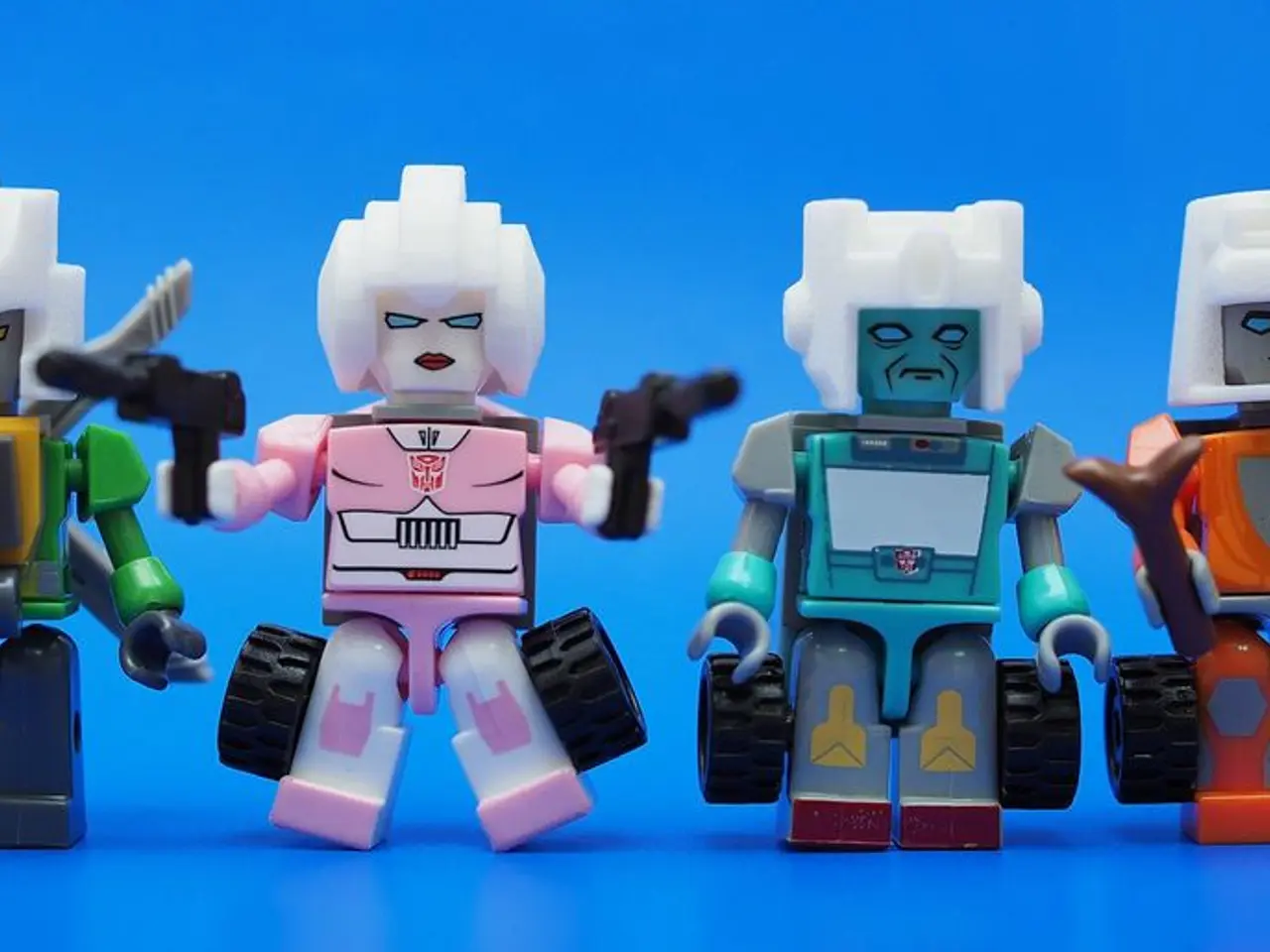Robotic Interconnections: Families Form Bonds with Automatons at a Rapid Pace
Simple Robot Becomes a Loved Family Member: Four-Year Study Reveals Emotional Bonds Formed With Luka
In a groundbreaking four-year study, researchers Zhao Zhao and Rhonda McEwen discovered that simple robots, such as the reading robot Luka, can form long-lasting emotional bonds within families.
Initially designed to aid in early reading skill development, Luka soon became more than just an educational device for the 19 families involved in the study. One child even considered Luka as "the only pet I've ever had," while another referred to it as "my little brother."
Despite its simplicity, lacking complex movements or free speech, Luka's capacity for emotional connection was evident. Children and adults cared for Luka, expressing concern for its wellbeing and often personifying it with names and stories. This emotional attachment transcended Luka's initial function, indicating a strong affective connection.
Many families retained Luka even after active usage declined, placing it visibly on shelves or desks and involving it in new roles. It served as a nostalgic presence, a symbolic companion, sometimes treated like a pet or a treasured household member. Some families kept Luka as a nostalgic reminder, placing it on bookshelves, desks, or bedside tables.
The emotional bond was formed despite the robot's simplicity, leading researchers to suggest that simple social signals are sufficient to foster emotional relationships. This finding implies that complexity is not a prerequisite for durable attachment.
Four years later, 18 out of the 19 families still had Luka, indicating a lasting bond. In some cases, Luka was passed down to younger cousins, suggesting a potential for intergenerational bonding. One family even went so far as to give Luka a hand-painted name tag.
The authors write that the children's relationship with Luka evolved but did not disappear. The robot's place in the family was sometimes comparable to a beloved pet or a childhood artifact, indicating its integration into the household’s symbolic and emotional fabric that could persist for years or even generations.
This evidence suggests a future where simple social robots can become cherished members of family life, not just as tools but as emotional companions embedded in a family’s shared history and memories. As social robots become more common in homes, households may have generations of robots, some active, some retired, but kept on display in places of honor.
This study, published in 2021, marked a significant step forward in understanding the potential of social robots in family life. As technology continues to evolve, it's clear that the emotional bonds formed with simple robots like Luka have the potential to grow even stronger with more advanced technology.
Artificial intelligence and home-and-garden technology were not originally intended features for Luka, the simple reading robot, but its unexpected emotional connections with families helped transform it into a lifestyle element. The study reveals that simple social signals are sufficient to foster emotional relationships, suggesting that future home-and-garden technology and artificial-intelligence applications could form deeper bonds with families, making them cherished companions, perhaps even family members for generations.





